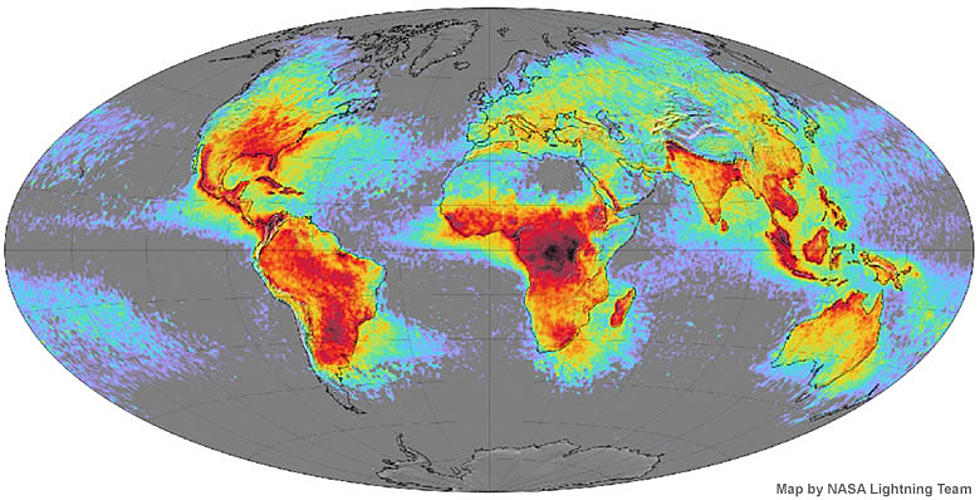
Minnesota Severe Weather Awareness: Storms, Hail and Lightning
During Minnesota Severe Weather Awareness Week today we tackle storms, hail and lightning.
The Minnesota Department of Public Safety tells us all thunderstorms are dangerous.
Severe thunderstorms produce large hail and damaging winds of at least 58 mph. Some wind gusts can go over 100 mph, and some of these storms can produce tornadoes. Thunderstorms can also produce straight-line winds that exceed 100 mph.
The National Weather Service says the No. 1 thing to remember when a thunderstorm strikes is pretty simple. When thunder roars, go indoors.
There is no safe place outdoors when thunderstorms strike. If you hear thunder, you are likely within striking distance of the storm.
Too many people wait for too long to get inside when a storm approaches and many of the lightning deaths and injuries happen because of this.
I did a bit of research and in 2016 there were 38 lightning deaths across the United States with 26 of the victims being males. In 2015, the number was 27, with 16 men, and 2014 there were 26 deaths and 19 were men.
By the way speaking of research, I saw a chart of National Weather Service data for lightning deaths dating back to 1940. The most deaths occurred in 1943 with 432. The last year there were more than 100 was in 1974 with 102.
Central Florida between Tampa and Orlando has the most lightning in the United States. Lake Maracaibo in northwest Valenzuela has the most intense lighting on the planet and they have nocturnal thunderstorms 297 days a year. The highest frequency of lightning on Earth occurs in the Democratic Republic of the Congo in Central Africa.
Here are some myths and facts about lightning from the National Weather Service.
Myth: If it isn't raining, there is no danger from lightning.
Fact: Lightning often strikes away from rainfall. It may occur as far as 10 miles away from any rainfall.
This one we touched on during the severe weather awareness show, which aired last night and last week on KDHL.
Myth: Heat lightning occurs on very hot summer days and poses no threat.
Fact: What is referred to as heat lightning is actually lightning from a thunderstorm too far away for thunder to be heard in any direction.
Myth: People struck by lightning carry an electrical charge and should not be touched.
Fact: Lightning victims carry no electrical charge and should be attended to immediately.
Myth: Rubber soles on shoes or rubber tires on a vehicle will protect you from being injured by lightning.
Fact: Rubber provides no protection from lightning. However, the steel frame of a hard-topped vehicle provides some protection.
For indoor lightning safety, the Minnesota Department of Public Safety recommends you:
- Stay off corded phones, computers and other electrical equipment that put you in direct contact with electricity.
- Avoid plumbing, including sinks, baths and faucets.
- Stay away from windows and doors, and stay off porches
- Do not lie on concrete floors, and do not lean against concrete walls.
If you are caught outdoors with no safe shelter anywhere nearby the following actions may reduce your risk:
- Never lie flat on the ground
- Never shelter under an isolated tree
- Never use a cliff or rocky overhang for shelter.
- Immediately get out and away from ponds, lakes and other bodies of water.
- Stay away from objects that conduct electricity (barbed wire fences, power lines, windmills, etc...)
Hail is a product of thunderstorms that causes nearly $1 billion in damage every year in this country.
Most hail is about pea-sized. Large hail stones fall faster than 100 mph and have been known to kill people.
More From KDHL Radio






![Falcons Softball Makes History Against Northfield [VIDEO]](http://townsquare.media/site/685/files/2017/04/fbo-team-e1495597284569.jpg?w=980&q=75)


